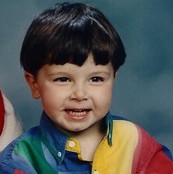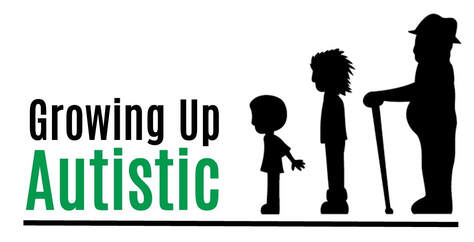
By Patty Pacelli
Between about 18 months and 2 years, we noticed our second child, Trevor, wasn't talking as much as his older sister had at the same age. Everyone told us, "boys are slower," and not to worry. But the bigger concern to me was that he didn't seem to understand what we were saying to him. When we asked him if he wanted to do something we knew was fun for him, we didn't get the expected excited head-nod and feet-kicking, or even a "yeah!" He just continued on with no reaction.
Trevor's first year of life seemed fairly typical, and he met most of the normal milestones, such as smiling, cooing, gurgling, laughing and clapping his hands. He was right on schedule with crawling, sitting up and walking. The earliest signs of something not typical with our baby were his delays in language comprehension and speech that started at around 12 to 18 months.
At Trevor's 2-year medical exam, the doctor asked how many words he had in his vocabulary. I could only think of about 3 one-syllable simple words, plus a few words we didn't understand, like "Kood" and grunts that we jokingly referred to as "speaking German." I thought back to our older daughter's 2-year checkup. She was speaking in complete sentences with a seemingly unlimited vocabulary. The doctor said that at 2 years old, a child should be putting two words together to form an idea, usually a noun and a verb, and because Trevor wasn't doing this, and had such a small vocabulary, he had some delays in speech and language and could benefit from immediate therapy. He mentioned autism as a possibility, but knew that the therapy could help shed light on that, while helping with the issues we already knew about. I started taking Trevor to weekly therapy sessions with a wonderful young woman who taught and modeled for my husband and me how to use play time and everyday situations to improve his language and overall communication skills. We were assigned a certain amount of interactive play with Trevor. This meant sitting down on the floor with him and directing his play with toys such as Lego figures that could interact with us and with each other. All of this involved using language. We also were told to increase his vocabulary and use of language by always adding a word to whatever words Trevor said. If he saw a fish at the aquarium and said "fish" we would say, "Yes, fish swimming" and try to get him to repeat that and understand what it meant. During this time, he also started repeating what we said, rather than answering the question. We learned this is called echolalia and can be a sign of autism. This repetition continued until he was about 5 or 6, and grew to include lines from TV shows, videos and movies that he memorized. It became quite entertaining as he would use these phrases to answer questions from anyone, sometimes they were appropriate, sometimes not. This phenomenon is explored in the documentary film, Life Animated, about a boy on the spectrum who memorized Disney movies.
The therapy expanded over the next 3 years to include role-playing conversations, using diagrams and pictures to help communicate social skills and building his vocabulary and comprehension. When he had just started kindergarten, he was diagnosed with an autism spectrum disorder and was put on an Individualized Education Program (IEP) which allowed him to continue with speech and language therapy provided by the public school.
Trevor made great progress in his speech, language and comprehension thanks to the actions we took in his first few years of life. He is now 24 years old and has graduated from college and is a prolific book author and film reviewer. My advice is to keep getting professional advice and devote yourself as much as possible to helping your child with any delays. Don't listen to people who say that everything is OK or normal if you don't feel that it is.
1 Comment
|
Inspiration for Life with AutismThis blog has a variety of articles about people living life with autism, and topics and ideas that can help in the journey. Guest bloggers are welcome. Inspired by Trevor, a young adult film critic, photographer and college graduate on the autism spectrum. Categories
All
Archives
July 2024
|
Proudly powered by Weebly

 RSS Feed
RSS Feed